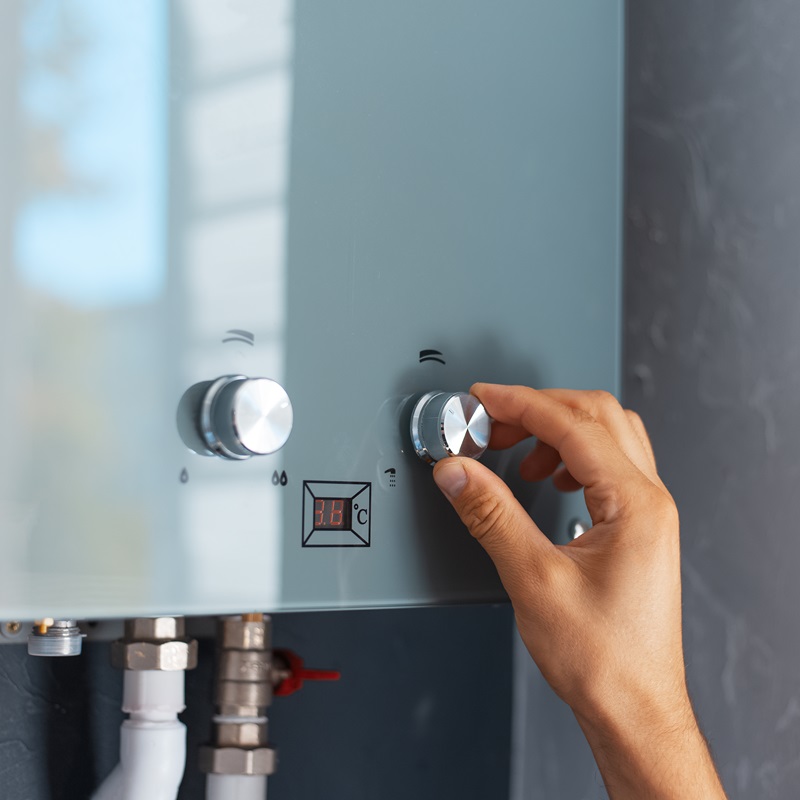Well-matched geyser sizes lead to optimal heating.
Well-matched geyser sizes lead to optimal heating.
Blog Article
Just how to Choose the Right Geyser to Maximize Energy Efficiency in Your Home
Selecting an energy-efficient geyser is not as simple as it seems, needing careful analysis of various factors. From recognizing the different kinds of geysers, to assessing their power performance ratings and thinking about placement approach, each decision plays an essential role in making the most of efficiency. Balancing the initial investment with long-lasting cost savings is likewise important. Allow's begin on this journey to find how to make the most informed option for a hot spring that will certainly minimize your power expenses while ensuring optimum efficiency.

Understanding the Different Types of Geyser
While there are different kinds of geysers offered on the market, comprehending the distinctions between them is vital for energy performance (geyser sizes). The very first kind, storage space geysers, are the most usual and store hot water in a container for use when required. They are readily available in different abilities and are normally energy-efficient, however they can shed heat when not in usage
The 2nd type is the tankless geyser, which heats water on demand, leading to less energy waste yet calling for a greater first power draw. Solar hot springs make use of solar power to heat the water, making them the most energy-efficient however likewise the most expensive.
Assessing Your House's Warm water Demands
Before diving right into the acquisition of a geyser, it is essential to assess the warm water needs of your house. This analysis should think about many elements including the number of home members, regularity of warm water usage, and the number of warm water electrical outlets in the home (geyser sizes). A little family with occasional warm water usage might require a smaller, less powerful geyser contrasted to a bigger family members with multiple everyday warm water requirements
The kind of home appliances that require warm water likewise play a substantial function. Dishwashing machines and washing equipments, for instance, might need even more warm water than a basic shower or kitchen area sink. In addition, details tasks such as showering or cleansing also affect the regularity and volume of warm water required.
Reviewing Power Performance Rankings of Geyser
Having analyzed the warm water requirements of your family, it is very important to turn your interest to the energy efficiency ratings of geysers. These scores, generally provided as Energy Aspect (EF), suggest a hot spring's total power performance based upon the amount of hot water generated per unit of gas eaten over a regular day. The higher the EF, the extra efficient the hot water heater.

Considerations in Geyser Dimension and Placement
Beyond energy efficiency scores, the size and placement of your geyser are essential elements to consider. The dimension of the geyser should align with your house's hot water needs. A tiny geyser may utilize much less power Look At This but may not supply adequate warm water for several usages at the same time, whereas a bigger unit can fulfill greater demand yet may consume more power.
Hot springs need to be mounted close to points of use to reduce heat loss during water transportation. Additionally, taking into consideration thermal insulation, a hot spring situated in a warmer location sheds much less heat and for that reason makes use of much less energy to maintain the water Home Page temperature level.
Price Analysis: Balancing First Investment and Long-Term Savings
While dimension and positioning definitely play significant duties in a hot spring's energy effectiveness, one have to not neglect the economic aspect. When taking into consideration the initial investment, the rate of energy-efficient hot springs can be greater than standard models. The enhanced upfront cost can be balanced out by long-lasting power financial savings, making it a rewarding financial investment in the long run (geyser sizes).
Assessing long-term cost savings requires an understanding of the geyser's energy score. A home appliance with a greater score will certainly consume much less energy, translating to lower utility costs gradually. Federal government rewards and rebates for energy-efficient appliances can additionally aid redeem first expenses.
Lastly, upkeep and life-span must be factored in. Energy-efficient hot springs usually have much longer life expectancies and lower maintenance expenses, adding to overall savings. Consequently, when balancing preliminary investment and long-term cost savings, one ought to consider not only the acquisition cost however likewise energy intake, federal government motivations, and upkeep prices.

Conclusion
Picking site link an energy-efficient geyser needs mindful factor to consider of various variables. These consist of recognizing the sorts of hot springs, evaluating your home's warm water requirements, reviewing energy performance rankings, and determining expense benefits. The ideal geyser size, positioning, and insulation can dramatically lower power bills and ecological effect. For that reason, making a well-informed option can cause considerable lasting cost savings, making it a worthwhile investment for your home.
Report this page